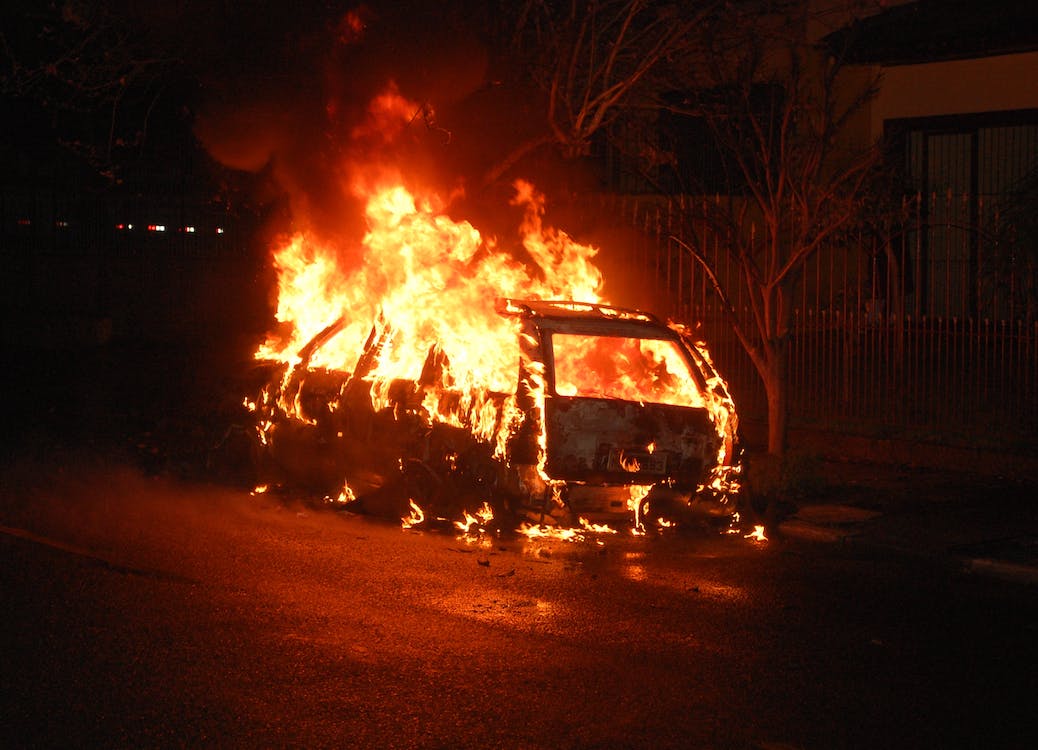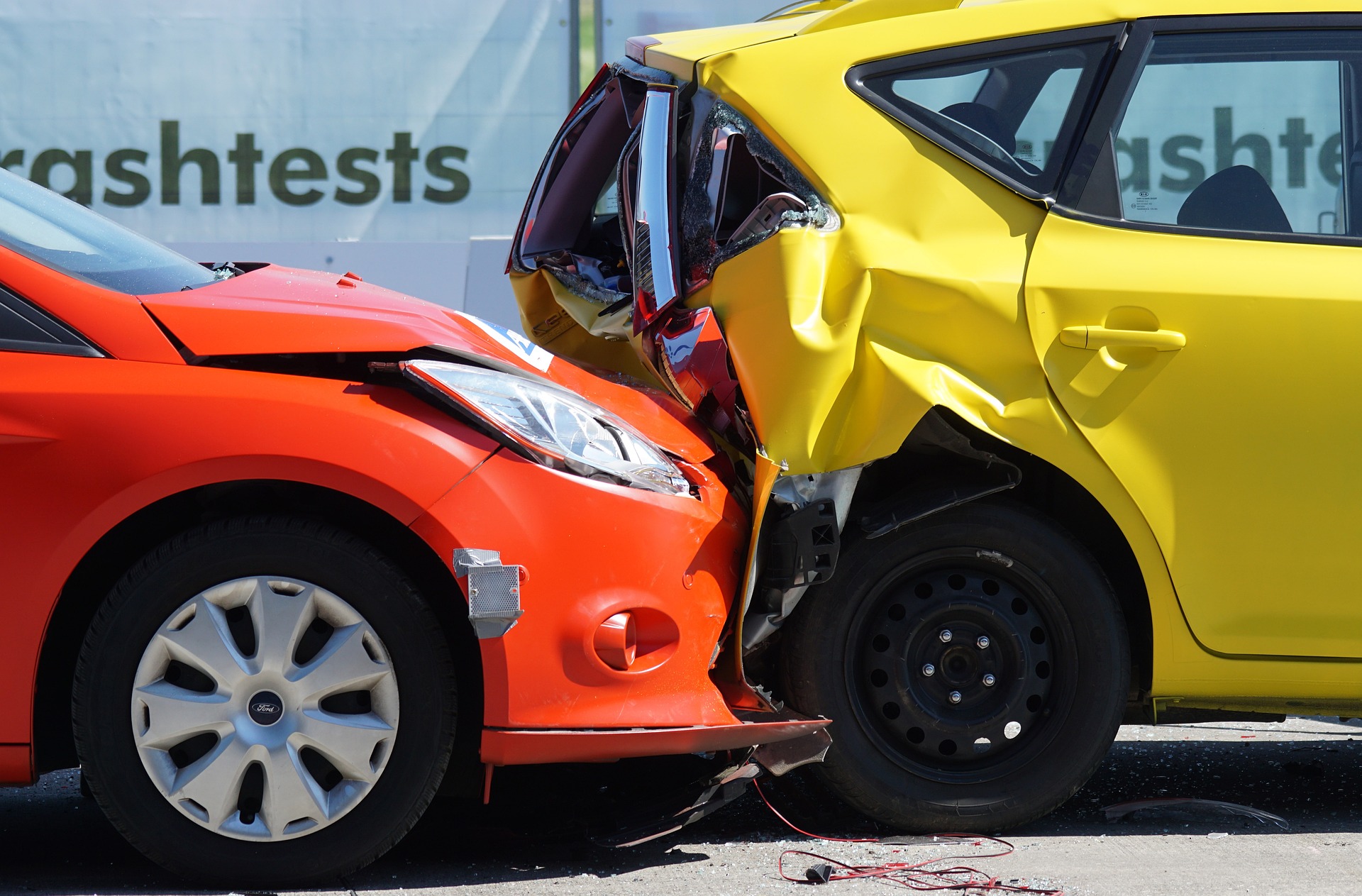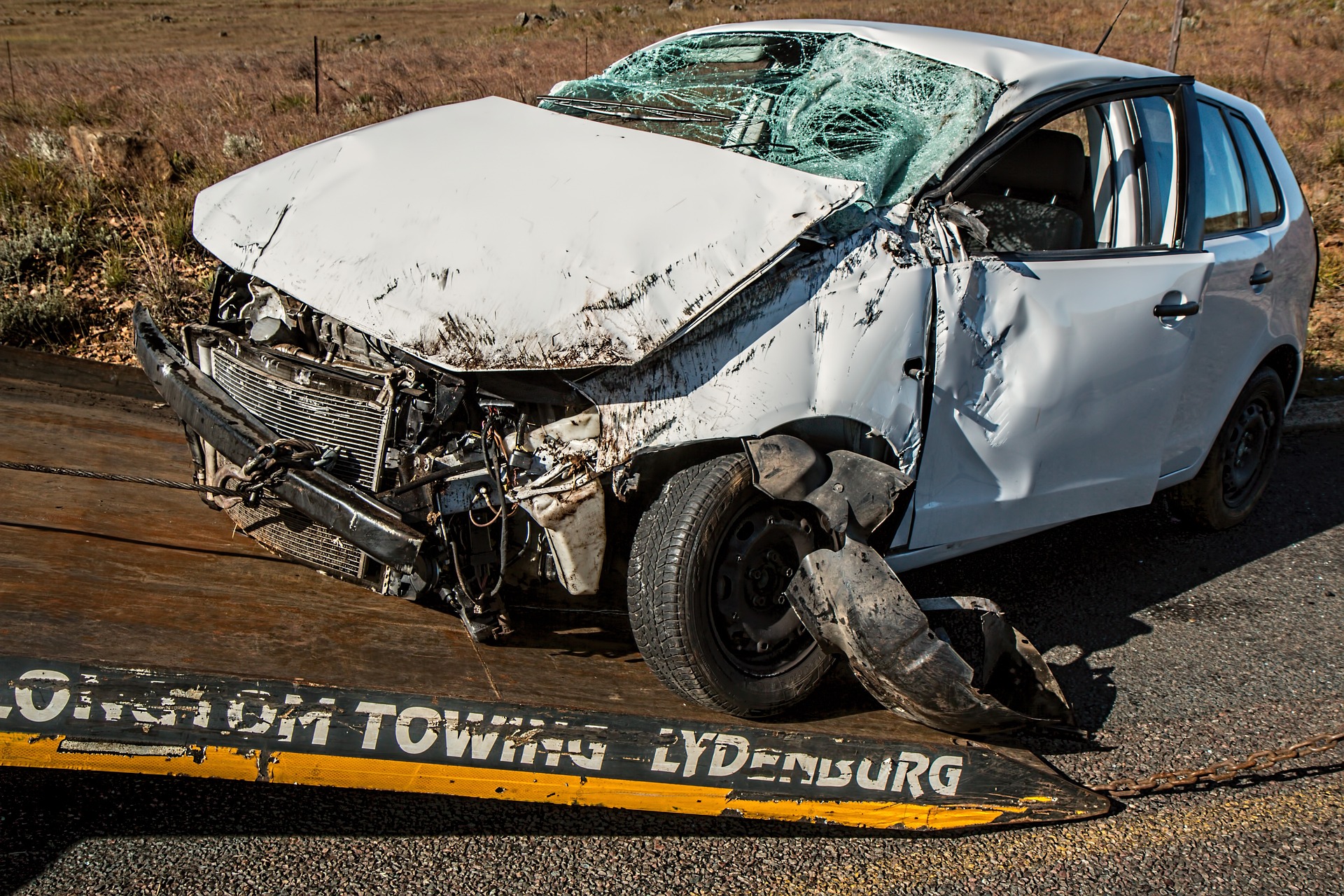Car accidents are one of the leading causes of death and injury in the U.S., with over 38,000 fatalities and 2.3 million injuries in 2020. While the number of crashes and injuries decreased by 22% and 17% respectively from 2019 to 2020, the number of fatal crashes per mile driven increased by 21%, the highest since 2007. This means that driving is becoming more dangerous, especially during the COVID-19 pandemic when people may be more distracted, stressed, or impaired.
In this article, we will cover the following topics:
- The main risk factors for car accidents and how to avoid them
- The legal implications of car accidents and how to protect your rights
- The best practices for dealing with car accidents and their aftermath
The Main Risk Factors for Car Accidents and How to Avoid Them
According to the National Highway Traffic Safety Administration (NHTSA), the drivers of passenger vehicles were engaged in at least one of the following risky behaviors in 45% of fatal crashes in 2020:
- Speeding
- Alcohol impairment
- Not wearing a seat belt
These three factors alone accounted for over 17,000 deaths in 2020, which could have been prevented by following some simple safety tips:
- Speeding: Obey the speed limit and adjust your speed according to the road conditions, traffic, and weather. Speeding reduces your reaction time, increases your stopping distance, and makes your vehicle more prone to losing control or rollover.
- Alcohol impairment: Never drive under the influence of alcohol or drugs. Even a small amount of alcohol can impair your judgment, coordination, vision, and reflexes. If you plan to drink, designate a sober driver, use public transportation, or call a ride-hailing service.
- Not wearing a seat belt: Always buckle up yourself and your passengers. Seat belts are the most effective way to prevent serious injuries and deaths in car crashes. They keep you in place and prevent you from being ejected or hitting the interior of the vehicle.
Other common risk factors for car accidents include:
- Distracted driving: Avoid any activity that takes your attention away from the road, such as texting, talking on the phone, eating, grooming, or adjusting the radio. Distracted driving can cause you to miss important cues, react slower, or make errors.
- Fatigued driving: Get enough sleep before driving and take breaks every two hours or 100 miles. Fatigued driving can impair your alertness, concentration, decision-making, and reaction time. If you feel drowsy, pull over to a safe place and rest or switch drivers.
- Aggressive driving: Drive courteously and calmly. Aggressive driving includes behaviors such as tailgating, cutting off other drivers, speeding, running red lights, honking, or gesturing. Aggressive driving can provoke road rage incidents or cause collisions.
- Poor weather conditions: Drive carefully and cautiously when the weather is bad, such as rain, snow, fog, or ice. Poor weather conditions can reduce your visibility, traction, and maneuverability. Reduce your speed, increase your following distance, use your headlights and wipers, and avoid sudden braking or steering.
The Legal Implications of Car Accidents and How to Protect Your Rights
Car accidents can have serious legal consequences for both parties involved. Depending on the state where the accident occurred, the laws governing liability, insurance coverage, compensation, and lawsuits may vary.
Generally speaking, there are two types of states when it comes to car accident laws: fault states and no-fault states.
- Fault states: In these states, the party who caused the accident is responsible for paying for the damages and injuries of the other party. The injured party can file a claim with their own insurance company (first-party claim), with the other party’s insurance company (third-party claim), or with both (dual claim). The injured party can also sue the at-fault party for additional damages if their insurance coverage is insufficient or if they suffered serious injuries
- No-fault states: In these states, each party’s own insurance company pays for their medical expenses and/or loss of income, regardless of who was at fault. The injured party cannot sue the other party for additional damages, unless they meet certain thresholds for the severity of their injuries. These thresholds can be based on a dollar amount of medical bills or a verbal description of the type of injury (such as permanent disfigurement or death).
- Choice no-fault states: In these states, drivers can choose between a no-fault policy or a traditional policy that allows them to sue or be sued. The choice is usually made when they purchase or renew their insurance policy. If they choose a no-fault policy, they are subject to the same rules and restrictions as in pure no-fault states. If they choose a traditional policy, they are subject to the same rules and rights as in fault states.
- Add-on no-fault states: In these states, drivers can purchase personal injury protection (PIP) coverage as an optional addition to their liability coverage. This coverage pays for their medical expenses and/or loss of income, regardless of who was at fault. However, unlike in pure or choice no-fault states, they can still sue or be sued for additional damages.
The following table summarizes the types of no-fault laws and the states that have them:
| Type of No-Fault Law | States |
|---|---|
| Pure or True No-Fault | Florida, Hawaii, Kansas, Kentucky, Massachusetts, Michigan, Minnesota, New Jersey, New York, North Dakota, Pennsylvania, Puerto Rico, Utah |
| Choice No-Fault | Kentucky, New Jersey, Pennsylvania |
| Add-on No-Fault | Arkansas, Delaware, District of Columbia, Maryland, New Hampshire, Oregon, South Dakota, Texas, Virginia, Washington |
It is important to know what type of no-fault law applies in your state and how it affects your rights and responsibilities in a car accident. To protect your rights, you should:
- Carry adequate insurance coverage that meets your state’s minimum requirements and your personal needs. You may want to consider purchasing additional coverage such as collision, comprehensive, uninsured/underinsured motorist, or umbrella liability.
- Report the accident to your insurance company as soon as possible and cooperate with their investigation. Provide them with accurate and complete information about the accident and your injuries. Do not admit fault or agree to any settlement without consulting your insurance agent or lawyer.
- Seek medical attention for your injuries and keep records of your treatment and expenses. Follow your doctor’s advice and attend any follow-up appointments or therapies. Keep track of any lost wages or other economic losses due to the accident.
- Consult a lawyer if you have any questions or concerns about your legal rights or options. A lawyer can help you understand the no-fault laws in your state and advise you on whether you have a valid claim against the other party. An Attorney can also help you negotiate with the insurance companies or represent you in court if necessary.
The Best Practices for Dealing with Car Accidents and Their Aftermath
Car accidents can be stressful and traumatic events that can affect your physical, emotional, and financial well-being. To minimize the negative impact of car accidents and maximize your recovery, you should follow these best practices:
- Stay calm and check for injuries: If you or anyone else is hurt or in danger, call 911 immediately. Do not move anyone who is seriously injured unless it is necessary to avoid further harm.
- Move to a safe place if possible. If you can safely do so, move your vehicle out of traffic and turn on your hazard lights. If you cannot move your vehicle, stay inside with your seat belt on and wait for help.
- Exchange information with the other driver(s): Get their name, address, phone number, license plate number, driver’s license number, and insurance information. You can also ask to see their registration and proof of insurance documents and take pictures of them. Do not rely on verbal information alone, as it may be inaccurate or incomplete. If there are multiple vehicles involved, exchange information with each driver.
- Call the police and file a report: Even if the accident is minor and no one is injured, it is advisable to call the police and have them document the incident. A police report can provide an official record of what happened and who was involved. It can also help establish fault and liability in case of a dispute or a lawsuit. The police may also issue citations or arrest drivers who violated traffic laws or were driving under the influence. When talking to the police, be honest and cooperative, but do not admit fault or blame anyone. Just state the facts as you remember them and let the police draw their own conclusions.
- Document the scene and collect evidence: Take pictures or videos of the damage to your vehicle and any other vehicles involved. Capture the license plates, VIN numbers, make and model of each vehicle. Also take pictures of the road conditions, traffic signs, skid marks, debris, or any other relevant details. If there are any witnesses, ask for their names and contact information. You may also want to record their statements or ask them to write down what they saw. If you have a dashcam or a smartphone app that records your driving, save the footage of the accident.
- Notify your insurance company and file a claim: Contact your insurance company as soon as possible after the accident and report what happened. Provide them with all the information and evidence you collected, including the police report number, the other driver’s insurance information, and any photos or videos. Follow their instructions on how to file a claim and what documents they need from you. Be honest and truthful with your insurer, but do not admit fault or agree to any settlement without consulting your agent or lawyer.
- Seek medical attention and follow up on your treatment: Even if you feel fine after the accident, you should still see a doctor as soon as possible. Some injuries may not show symptoms right away, but could worsen over time or cause long-term complications. A medical examination can also document your injuries and link them to the accident, which can help you prove your damages if you decide to sue. Keep copies of all your medical records, bills, prescriptions, receipts, and any other expenses related to your treatment. Follow your doctor’s advice and attend any follow-up appointments or therapies.
- Consult a lawyer if you have any questions or concerns about your legal rights or options: A car accident lawyer can help you understand the no-fault laws in your state and advise you on whether you have a valid claim against the other party. A lawyer can also help you negotiate with the insurance companies or represent you in court if necessary. A lawyer can help you recover compensation for your medical expenses, lost income, property damage, pain and suffering, and other losses.
Conclusion
Car accidents can be devastating events that can affect your physical, emotional, and financial well-being. By following these best practices, you can minimize the negative impact of car accidents and maximize your recovery:
- Avoid the main risk factors for car accidents and drive safely
- Know the legal implications of car accidents and protect your rights
- Follow the best practices for dealing with car accidents and their aftermath
If you have been involved in a car accident and need legal assistance, contact us today for a free consultation. We have the experience and expertise to help you get the compensation you deserve.


